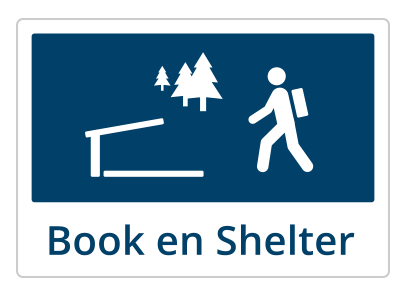Espe Folke- og Tumle Park was built in an old gravel pit area from which the last gravel was excavated around YYYY. This is why the plant life bears the mark of the area, which is in part very sandy and in part very young. Wild carrot predominates in the pastures and in areas with no grass the tansy brightens up the landscape with its yellow buttons.
A pond has been dug out in the area, which has actually been made in order to replace the waterhole lost in connection with the construction of the motorway between Odense and Svendborg. A small population of a relatively rare toad species, the natterjack toad, lives here. The small pond can sometimes swarm with tadpoles but if the summer is dry, the pond can disappear completely. Of course, this is not good for the tadpoles which have not had enough time to grow but at the same time it means that fish and other enemies die too, which is very good for the generations to emerge in the next years).
In some parts of the area, sheep are put out to pasture, while in other parts the grass is cut to make room for the vegetation and animals who live in this habitat. There are quite a lot of butterflies flying around in the area, and you can also notice the Queen of Spain fritillary, especially late in the summer . The place offers plenty of other things to explore as well as numerous adventures. Amongst the many curious finds here is a rare mushroom, the small Pholiotina teneroides. More information about it can be found at here.
Have a look at the information currently available on the Fugle og Natur website but you will find out much more here: if you click here.
Select the dates you wish to book accommodation for. Note that the dates must be consecutive.
AvailableUnavailable
Please wait while the calendar is loading...






